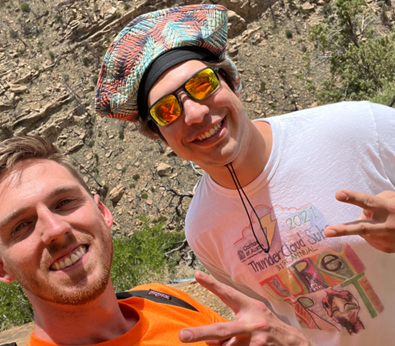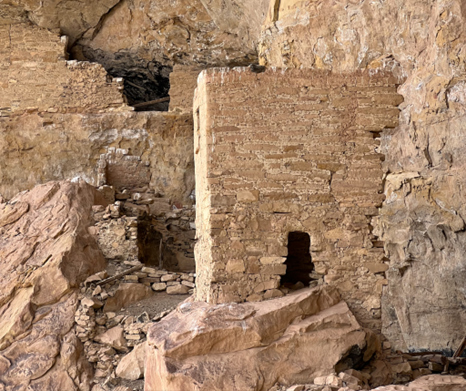About our Colorado Projects
The Southwest region of Colorado holds vast geographic diversity. The region’s highlight is the beautiful San Juan Mountains, which contain multiple 14,000-foot peaks (“fourteeners”), the scenic and agricultural San Luis Valley, and rocky canyons and deserts in the Four Corners region. Because of its incredible landscapes, it is a major hub for outdoor recreation – particularly skiing, rafting, hiking, and mountain biking. Tourism and agriculture are pillars of the local economy.

Southwest Colorado also has a rich cultural history. It is home to Mesa Verde, the world-famous Ancestral Puebloan ruins, among many other ruins and cultural sites including the Ute Mountain Tribal Park.


Southwestern Colorado still has a strong tribal presence today – both the Ute Mountain Ute and the Southern Ute reservations are located in the area. The Ute and Pueblo play an active role in conservation at Mesa Verde National Park. We’ll see many examples of how the Ute tribe is still actively involved in the conservation of their ancestral land, get to visit some of these locations, and learn more about the indigenous history of the area.
We will spend time in Gunnison and Durango. Both of these towns are fast-growing hotspots for environmentally-minded young people.
Gunnison, Colorado is located in a valley, between many of Colorado’s most spectacular mountain ranges and national forests. In any direction from Gunnison, you’ll find spectacular scenery. Gunnison is also home to Western Colorado University, and it attracts hikers, backpackers, and rafters to the area frequently. We will be staying at Western Colorado University in the university dorms.
Durango is also characterized by its mountains, rocky canyons, and the Animas River that flows through the town. It was originally founded as a gold and silver mining town and was a primary location for transporting precious metals on the Denver and Rio Grande railroads to other parts of the state. The old Durango railroad still operates today, but as a tourist attraction, carrying tourists from Durango to Silverton, as the route is quite scenic. Durango has a railroad museum that tells the story of Durango and its railroad, along with cool historical artifacts and restored railroad cars. We will have time to visit local museums and learn more about the history of the area. We will be staying in the dorms at Fort Lewis College in Durango.
In both of these locations, we will work with local partner organizations to learn about the importance of environmental stewardship, caring for land, water, and food production, as well as the importance of trail restoration and maintenance. Thanks to its diversity in all of these respects, Southwest Colorado is a fascinating place to explore the complex web of stakeholders involved in conservation across the region.


